1972
image copyright of AFP via Getty Images
On September 25, 1972, a Japanese special plane carrying a huge visiting group landed in Beijing. This is the first time that a Japanese plane enters Beijing since World War II. The crew included then Japanese Prime Minister Kakuei Tanaka and Foreign Minister Masahiro Ohira and others.
Tanaka Kakuei then met with Mao Zedong, Zhou Enlai and other CCP leaders and signed the Sino-Japanese Joint Declaration at the Great Hall of the People in Beijing on September 29th. The People’s Republic of China and Japan have officially established diplomatic relations ever since. Japan recognizes the People’s Republic of China as China’s only legitimate government.
–
1978
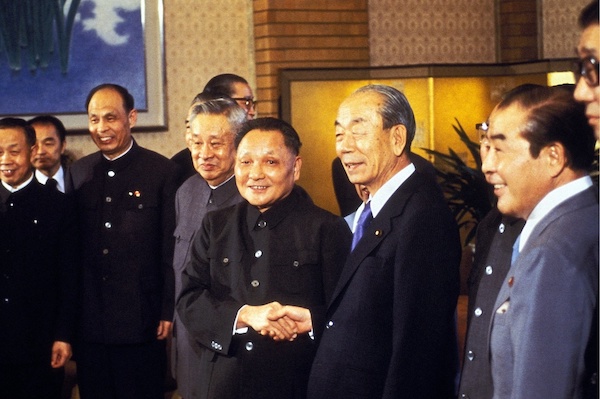
image copyright of Getty Images
In August 1978, China and Japan further signed the Sino-Japanese Peace and Friendship Treaty. Two months later, then Deputy Prime Minister Deng Xiaoping visited Japan, which was the first visit by a Chinese state leader after World War II.
Deng Xiaoping said that friendly relations between China and Japan “should continue to develop”, adding that “the two countries will continue to be friendly from generation to generation”. Emperor Showa also said: “Although the history of the two countries has been unfortunate for a while, I am looking forward to promoting the friendship between the two countries in the future.”
During the visit, Deng Xiaoping took the Shinkansen train. He described to reporters: “I felt fast and it meant urging people to run.” During a visit to the Panasonic electrical equipment factory, he admitted to the founder of Panasonic that the modernizing China needs foreign investment and technology and hopes Panasonic can “help a little.”
–
1991-1992
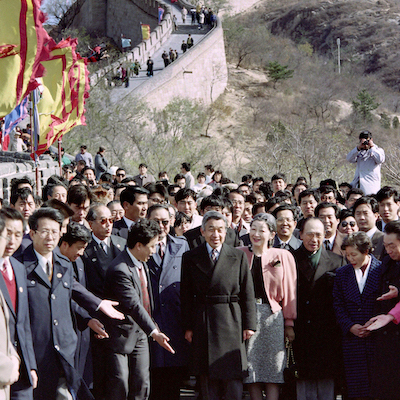
image copyright of Getty Images
After the “June 4” crackdown, China was sanctioned by many countries and about a year later, Japan announced it would resume government lending to China. In 1991, then Prime Minister Toshiki Kaibe was the first leader of developed countries in the West to visit Beijing.
In April 1992, Jiang Zemin, then general secretary of the CCP Central Committee, visited Japan. In October of the same year, Japanese Emperor Akihito and Empress Michiko visited China, which was the first visit by a Japanese emperor in history.
–
the year 1995
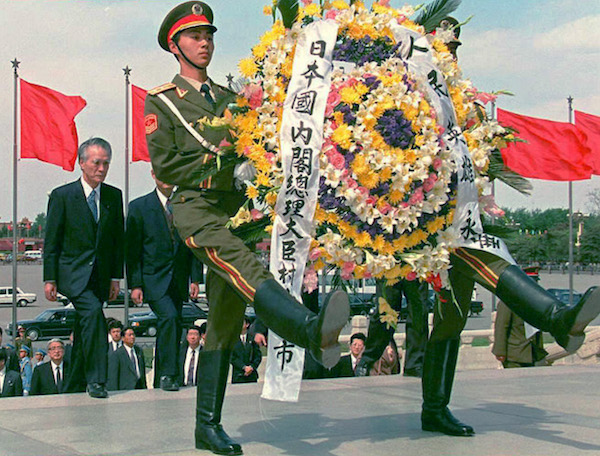
image copyright of Getty Images
In May 1995, then Japanese Prime Minister Tomiichi Murayama visited China and visited Lugou Bridge and the Chinese People’s Resistance War Memorial Hall against Japanese Aggression.
August 15 of that year marked the 50th anniversary of Japan’s surrender in World War II. Tomiichi Murayama released a statement acknowledging that Japan had carried out colonization and aggression, which had brought loss and grief to the people of many Asian countries, and expressed deep self-reflection and apologies for this.
Murayama’s statement, which was later dubbed “Murayama Talk”, was confirmed by Beijing.
–
year 1996
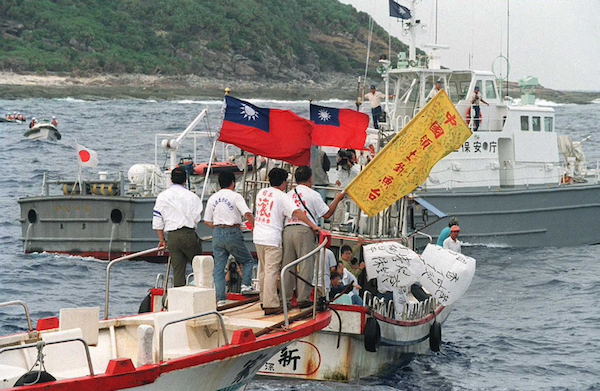
image copyright of Getty Images
In 1996, the dispute between China and Japan over the sovereignty of the Diaoyu Islands (called the Senkaku Islands in Japan) flared up. China is dissatisfied with the Japanese government’s inclusion of the Diaoyu Islands in the “exclusive economic zone” and the construction of a lighthouse by Japanese right-wing groups on the Diaoyu Islands. Nearly 10,000 people held anti-Japanese demonstrations in Hong Kong. Anti-Japanese demonstrations also took place in many Chinese colleges and universities.
On September 22, Chen Yuxiang, the summoner of the “Global Chinese Alliance for Protecting Diaoyu”, and many others chartered the freighter “Diao Diao” from Hong Kong, planning to land on the Diaoyu Islands to take the oath of sovereignty and demolish the lighthouse. Japanese on the island. However, due to the strong wind and waves that day and intercepted by Japanese warships, Chen Yuxiang went into the water and drowned while preparing to swim on the island.
On October 7, the Diaoyuers of Taiwan and Hong Kong once again organized Operation Preservation of Diaoyu and landed on the Diaoyu Islands.
–
Year 2003
In September 2003, a tourism group from a Japanese construction company hired a large number of prostitutes for three days at the Zhuhai International Conference Center Hotel in Guangdong Province, China. According to reports, there were nearly 300 people in the tour group and more than 300 “escorts” were employed.
As the incident occurred close to the anniversary of the “September 18” incident, it caused strong indignation among the Chinese people and was even described by some as “another national humiliation”. The then Chinese Foreign Minister Li Zhaoxing summoned the Japanese ambassador to China.
Subsequently, a Chinese court held 14 Chinese citizens responsible, two of them were sentenced to life imprisonment and three Japanese were wanted.
–
2005
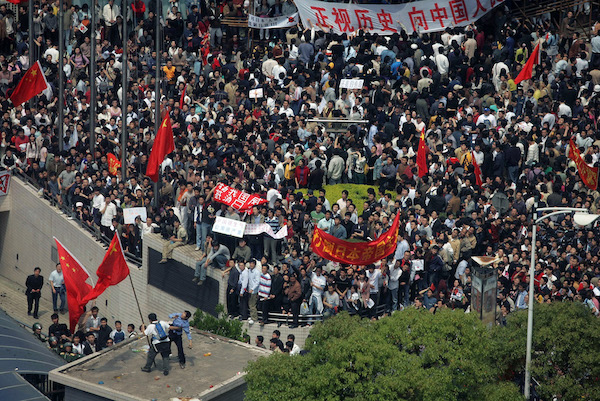
image copyright of Getty Images
After Junichiro Koizumi took office as Japanese prime minister in 2001, his visit to Yasukuni Shrine worsened Sino-Japanese relations. From March to April 2005, large-scale demonstrations and protests took place in Beijing, Shanghai, Chengdu, Chongqing, Guangzhou and other places in China.
In some places boycotts of Japanese goods were launched and in others the protests turned into riots, with vandalization of Japanese restaurants and Japanese cars. The Japanese embassy in Beijing was also attacked with stones by protesters.
The protest was triggered by multiple triggers, including the Japanese government’s approval of revisions of textbooks alleged to have covered up war crimes and Japan’s offer to join the Security Council of the United States. United Nations as a permanent member.
–
2006-2011
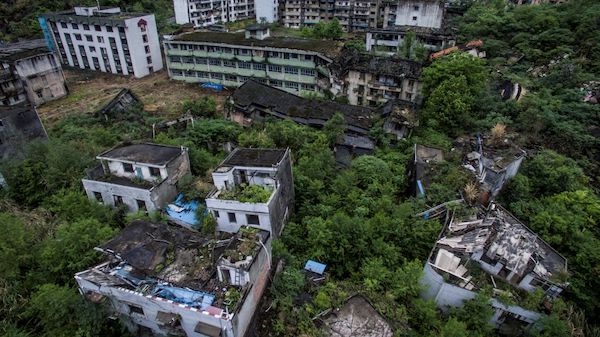
image copyright of Getty Images
In 2006, Shinzo Abe was elected president of the ruling Liberal Democratic Party, becoming Japan’s youngest prime minister after World War II. His first overseas visit was to China, hoping to repair the deterioration in Sino-Japanese relations due to the Koizumi government’s visit to Yasukuni Shrine.
In 2008, a huge earthquake occurred in Sichuan, China. China has asked Japan for help. Three days later, the Japanese rescue team became the first foreign professional rescue team to arrive in the disaster area after the earthquake.
It is worth mentioning that in 2010 the Chinese economic aggregate surpassed that of Japan and became the second largest economy in the world. This is the first time in 42 years that Japan has lost its status as the second largest economy in the world.
–
2012
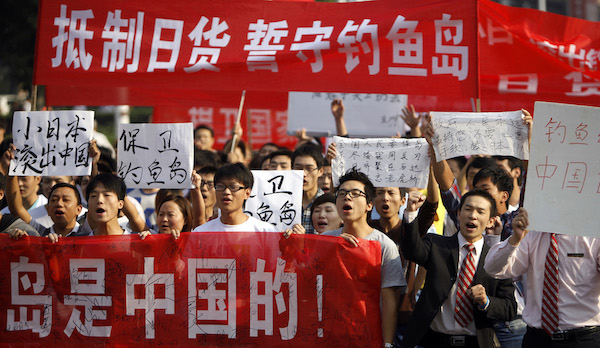
image copyright of Getty Images
In 2012, when Shintaro Ishihara, the then governor of Tokyo, Japan, began buying the Diaoyu Islands (called Senkaku Islands in Japan) from private individuals to bring about the nationalization of the Diaoyu Islands, Sino-Japanese relations quickly returned. strained.
In August of the same year, some Hong Kong activists who were driving fishing boats to the Diaoyu Islands to declare their sovereignty were arrested by the Japanese Okinawa police, and then the Japanese right also landed on the Diaoyu Islands.
From late August to September, anti-Japanese demonstrations erupted in many cities in China and protests in many places turned into violent destruction and destruction.
–
2013-2020
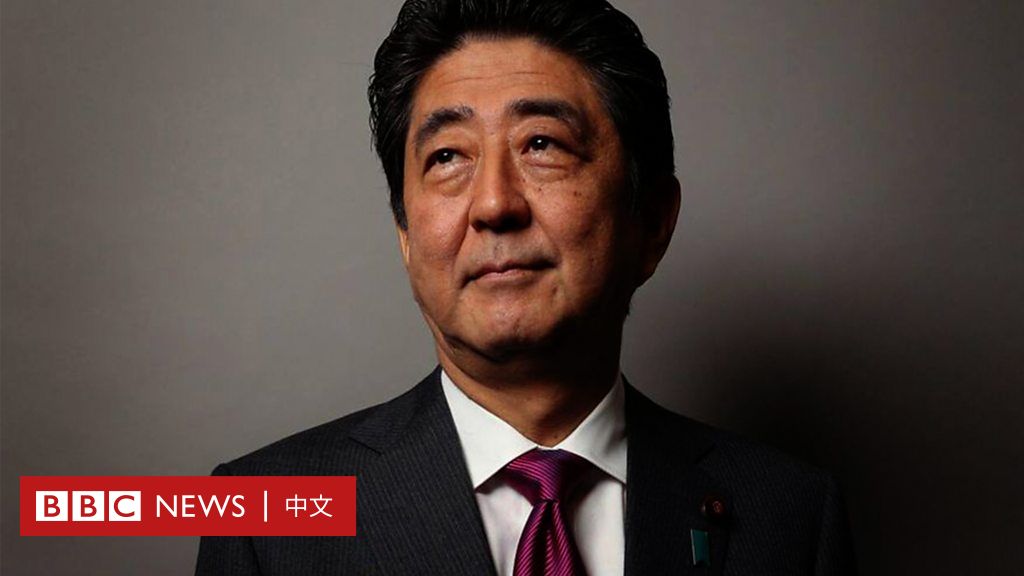
Media playback is not supported on your device.
–
–
–
At the end of 2012, Shinzo Abe was reappointed as Japanese Prime Minister. During its eight years in power, the Abe government strengthened its defense and relations with China and paid tribute to the Yasukuni Shrine. Shinzo Abe actively seeks to change the pacifist constitution, strengthen Japan’s military capabilities, lift the ban on the right to collective self-defense, and strengthen the Japan-US alliance. When Shinzo Abe visited China in 2014, he was greeted with indifference by Chinese leader Xi Jinping.
Inside China, officials have begun to criticize some people for being “spiritual Japanese” (spiritual Japanese). Several Chinese who took photos in Japanese military uniforms during World War II have been criticized or detained. In 2018, Chinese Foreign Minister Wang Yi publicly criticized the “Jingri” elements at a press conference calling them “the scum of the Chinese people”.
–
2020-2022
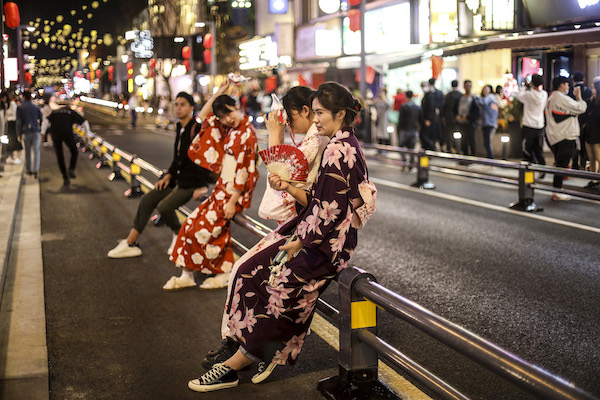
image copyright of Getty Images
In the post-Abe era, Sino-Japanese relations are again showing signs of tension. The main reasons include Japan’s criticism of China over Uyghur human rights issues in Hong Kong and Xinjiang. There has been no high-level exchange of visits between the two countries for three years.
A few days before the opening of the Beijing 2022 Winter Olympics, the lower house of the Japanese parliament passed a resolution expressing concern about the “grave human rights situation” in China, calling on Fumio Kishida’s government to take measures.
This is underlined by the jubilant reaction of the Chinese Internet after Shinzo Abe’s assassination in July 2022. This year, a series of Japan-related social events have also caused bitter controversy, including the cancellation of cultural activities of the “Summer Festival” of Japan in many locations in China, the Nanjing Temple was accused of “guarding” the tablets of Japanese war criminals in World War II and Chinese women wearing kimonos. It was taken away by police for questioning in Suzhou.
–
–


